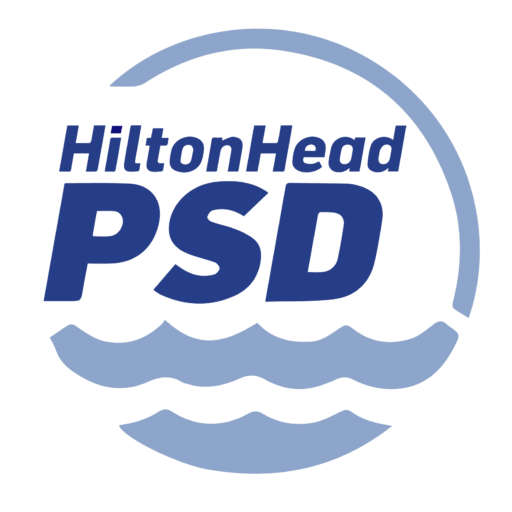About PFAS:
From the American Water Works Association
Chemical compounds are manufactured to make life easier, better, or safer. But time and information sometimes reveal unintended consequences, as exemplified by PFAS (per- and
polyfluoroalkyl substances). Over the last 70 years, these chemicals have been manufactured and used around the world to enhance many everyday products. They have been used to fight fires and recover oil, and to produce medical equipment, food packaging, cleaning products, nonstick cookware, stain- and water-resistant coatings, paints, inks and cosmetics.
Today, their use has led to a serious challenge for public water suppliers. PFAS are mobile, persistent and may have adverse health effects at very low concentrations. Now phased out in the United States, PFOA and PFOS were among the first PFAS produced and remain the most well-understood and commonly detected PFAS.
These and other legacy PFAS that are no longer used have already entered the environment at industrial sites, landfills, and at sites where firefighting foams were applied. While there are hundreds of banned PFAS, there are thousands more in existence, and more than 600 used commercially in the United States.
On March 14, 2023, EPA announced the proposed National Primary Drinking Water Regulation (NPDWR) for six PFAS including perfluorooctanoic acid (PFOA), perfluorooctane sulfonic acid (PFOS), perfluorononanoic acid (PFNA), hexafluoropropylene oxide dimer acid (HFPO-DA, commonly known as GenX Chemicals), perfluorohexane sulfonic acid (PFHxS), and perfluorobutane sulfonic acid (PFBS). The proposed PFAS NPDWR does not require any actions until it is finalized. EPA anticipates finalizing the regulation by the end of 2023.
PFAS and the PSD’s Water Supply:
- The PSD’s drinking water meets or exceeds all current state and federal water quality regulations, including the drinking water the PSD purchases on a wholesale basis from the Beaufort-Jasper Water & Sewer Authority.
- About 75% of the PSD’s water comes from its own groundwater, including about 60% provided by the PSD’s Reverse Osmosis Drinking Water Treatment Plant. Reverse Osmosis, or RO, is among the leading barrier technologies to safeguard against PFAS contamination of drinking water. The PSD is in the process of a project to increase the amount of water provided by the RO Plant (from 4 million gallons a day to 6 million gallons a day, which is the average day demand for PSD water).
- There are no known PFAS-related environmental pollution sites within the PSD’s service area.
- None of the six PFAS compounds proposed to be regulated have been detected in the PSD’s groundwater wells, according to recent monitoring.
- Beaufort-Jasper Water & Sewer Authority has detected low levels for three of the regulated compounds at concentrations both above and below the new maximum contaminant level. The other regulated compounds were all below detectable levels. BJWSA is planning to install additional treatment to reduce PFAS levels below the new maximum contaminant level and those technologies will be in use before the U.S. EPA’s 2029 deadline.
- The PSD monitors for more than 35 types of PFAS. The most recent monitoring revealed no PFAS compounds in PSD groundwater wells.
- The PSD will continue to monitor for PFAS, including as part of the U.S. EPA’s Unregulated Contaminant Monitoring Rule program, which the PSD has participated in for many years.
- The PSD will continue to implement any PFAS barrier technologies necessary for the safety of our water.
- The PSD will continue to work with our wholesale water provider, the Beaufort-Jasper Water & Sewer Authority, to ensure it provides wholesale water that remains in compliance.





